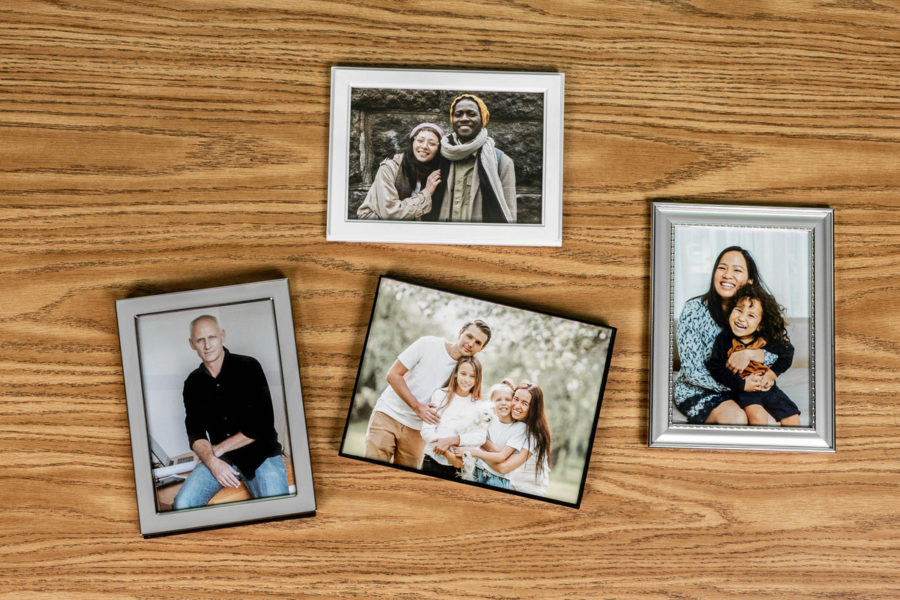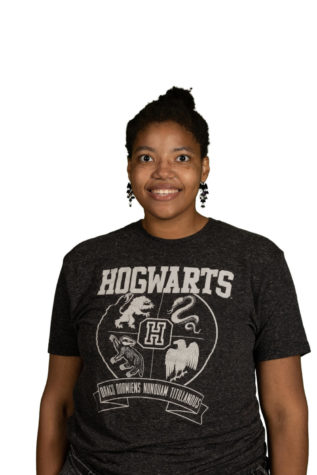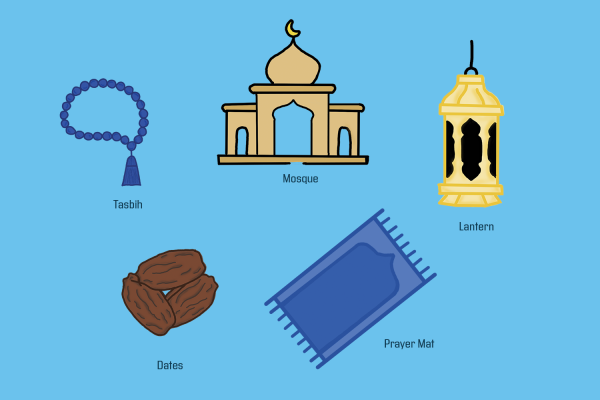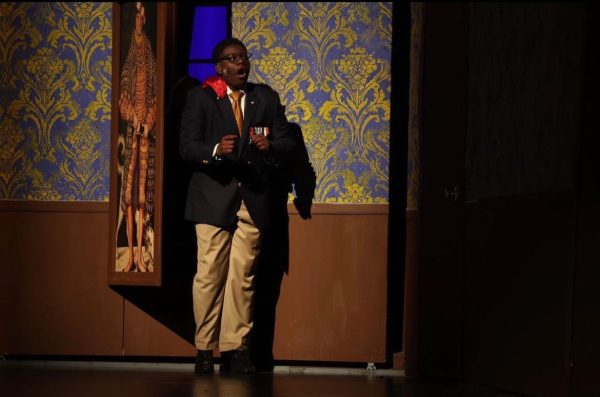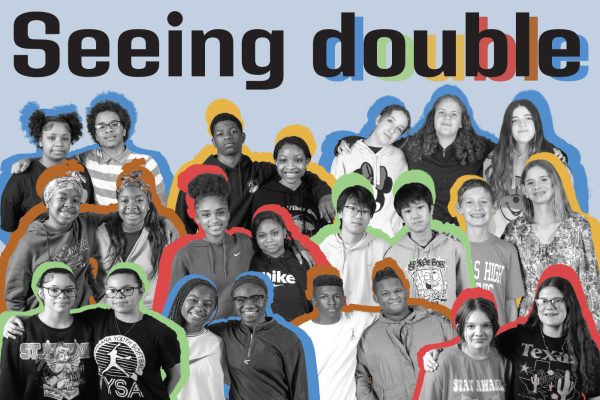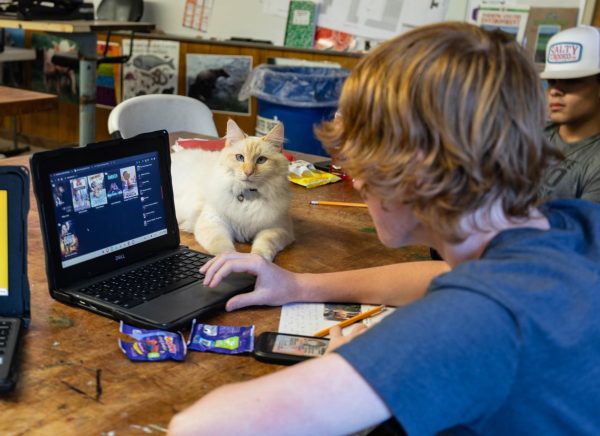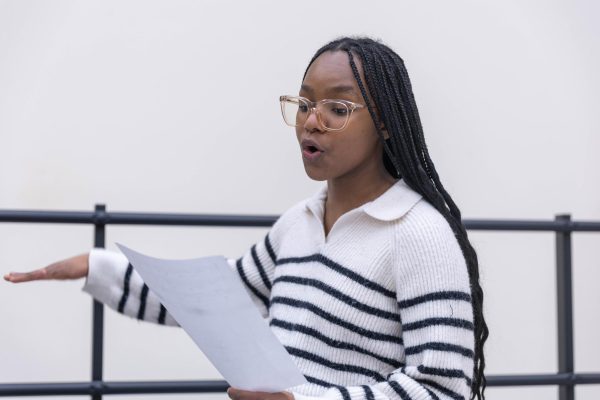Not so nuclear
Idea of the standard family changes with time
A variety of family photos lay on a desk. The definition of a family is becoming more and more diverse in Western society.
February 25, 2022
One working dad, one stay at home mom and two kids: one boy, one girl. On the outside, a flawlessly white picket fence surrounds the red brick, two-story house, and a golden retriever runs about in the backyard. Inside, everyone sits down for dinner with smiles on their faces after another perfect day just like the one before. This is the ideal and standard family, if you lived in the 1950s.
Here in the 21st century, the idea of what an ideal or conventional family looks like is a bit harder to pinpoint and different from its prior iterations.
The ideal family can range anywhere from a divorced couple sharing the kids to a single parent or even a couple that just doesn’t want kids. For some, family may even look like the close friends people surround themselves with because there is no one else. The old idea of what a family looks like still exists, but society as a collective has recognized the multiple variations that exist.
“I believe the standard family type has two married parents and children that are legally related, so adopted or blood-related,” senior Jessie Gamble said.
Even families that appear to be conventional can have history that separates them from what seems to be the norm. Looking from the inside of the family out can give someone a different perspective.
“To people who don’t know my past or personal life, yes, my family would seem normal, aside from my parents being divorced and one living across the state.” junior Jasper Boyer said.
Society has collectively drifted far away from the 1950s version of what a family should be in more ways than one. Divorced and step parents are more common than ever, and even foster children and adoption are becoming more normalized.
“My family is not conventional in the slightest.” Gamble said “I have a mom, dad and a stepmom. I have adopted siblings and varying levels of blood-related siblings. Many of my siblings aren’t even ones I see on a regular basis.”
The reasons change from family to family as to why they do or don’t fit into the narrow category of conventional. Whether due to parents leaving, divorce or even death, so much has changed in the world socially, and the family dynamic has to change with it.
“The idea of what’s normal in a family has progressed from the traditional family style, somewhat.” Boyer said, “People still stop for a second when they see an LGBTQ family, an adoptive family or even a single parent. However, these things are becoming more normal as time goes on.”
Child abuse and neglect must also be factored into this equation as they can dractically change a family. Whether that means that children must be removed from the family entirely or even put up for adoption.
“I do not [consider my birth family conventional],” junior Rose Gardener said “My father was never around, and my mother never took care of us, so it was me raising seven kids by myself.”
The idea of families has changed a lot and will continue to change with the coming years. As the world adapts and progresses, the ideologies and stigmas that surround certain types of families will hopefully fade with time and eventually disappear.
“I think that we are drifting from the old ideas of ‘parentage is everything’ to a more symbolic age of family,” Gamble said, “It is especially prominent in this generation that blood family isn’t everything. Adopted families, step families, foster families and more loosely organized ‘friend families’ seem to be becoming more important as time goes on. Family is becoming more of who you can rely on and love as opposed to genetics or legalities.”
As the family dynamic changes, what children expect their own future family to look like changes as well. Even if they grow up in a traditional household, those children aren’t guaranteed to have the same “dream family” as their parents.
“I plan on having a polyamorous family and [make] sure that my kids know that its okay to come out as gay, trans,” Gardener said. “No matter what, I will always welcome them.”
Even though the appearance of families have changed, that doesn’t change the fact they are still families. What family looks like for different people may change, but that doesn’t change the love they hold for their family in their heart.
“I want a loving family, of course, but if I don’t fit the idea of a standard family, then I’m happy with that.” Boyer said. “I really don’t care how my family looks to people outside of it as long as everyone is happy and healthy. It really doesn’t matter how my family is perceived by others. I will most definitely not have a ‘standard’ family, but being considered normal shouldn’t be what decides whether you’re happy with your family.”


